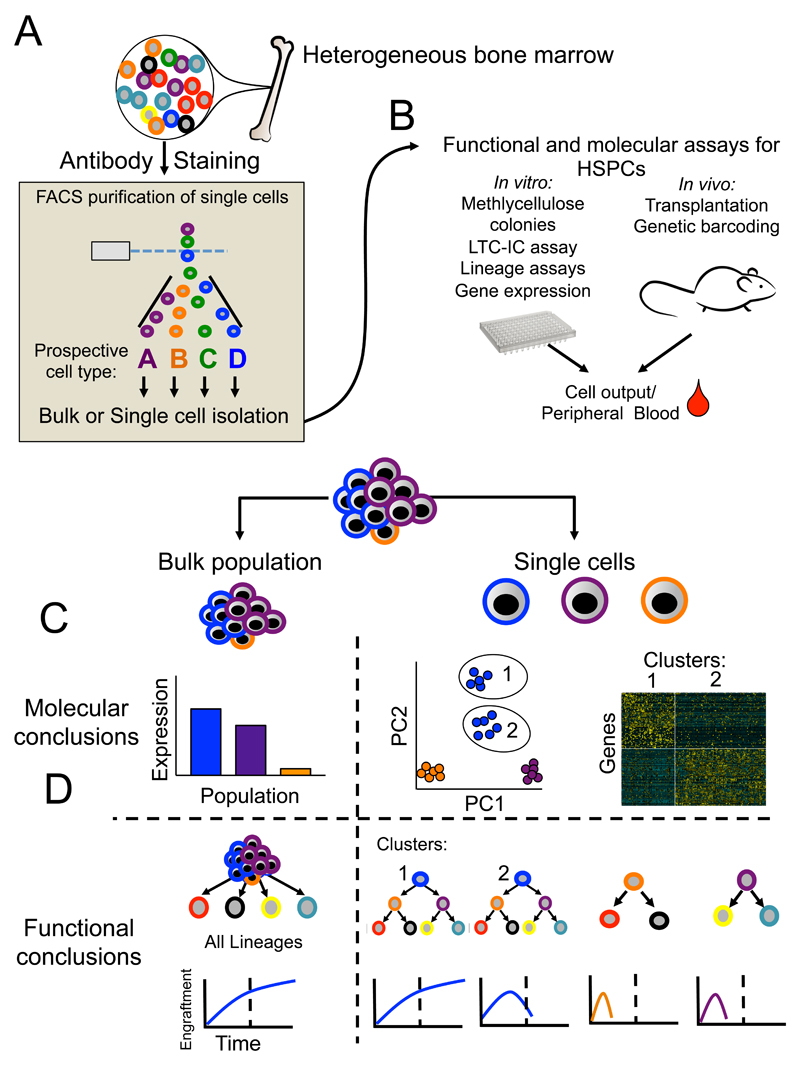Figure 2. Unique insights gained through single cell techniques in hematopoiesis.
The bone marrow is a highly heterogeneous mix of mature and immature blood cells as well as supportive niche (a). The identity of these cells can be ascertained through antibody staining. Using known cell surface markers FACS purification of prospective populations can be achieved for either bulk or single cell assays. (b) A wide variety of in vitro and in vivo assays for both bulk and single cells can be utilized for functional or molecular readouts. (c and d) An illustrative comparison of the results and conclusion from gene expression through bulk (left) or single cell (right) experiments used to analyse a theoretical phenotypic HSC population consisting of bona fide HSCs (blue cells, population 1), multipotent progenitors (blue cells, population 2), and two different bipotent progenitor cells (purple and orange). (c) At the molecular level, bulk analysis obscures considerable heterogeneity encompassed within this phenotypic HSC population, while single cell gene expression allows unsupervised clustering (illustrative PCA analysis) and identifies a sub-population structure associated with distinct gene expression. (d) At the functional level, bulk assays mask considerable heterogeneity that can be seen through single cell functional analysis (right, single cell transplantation uncovers heterogeneity in self-renewal and lineage potential in the phenotypically defined HSC populations). Importantly, this example demonstrates the functional difference in single cell transplantation from a population of HSCs previously assumed to be homogeneous.

